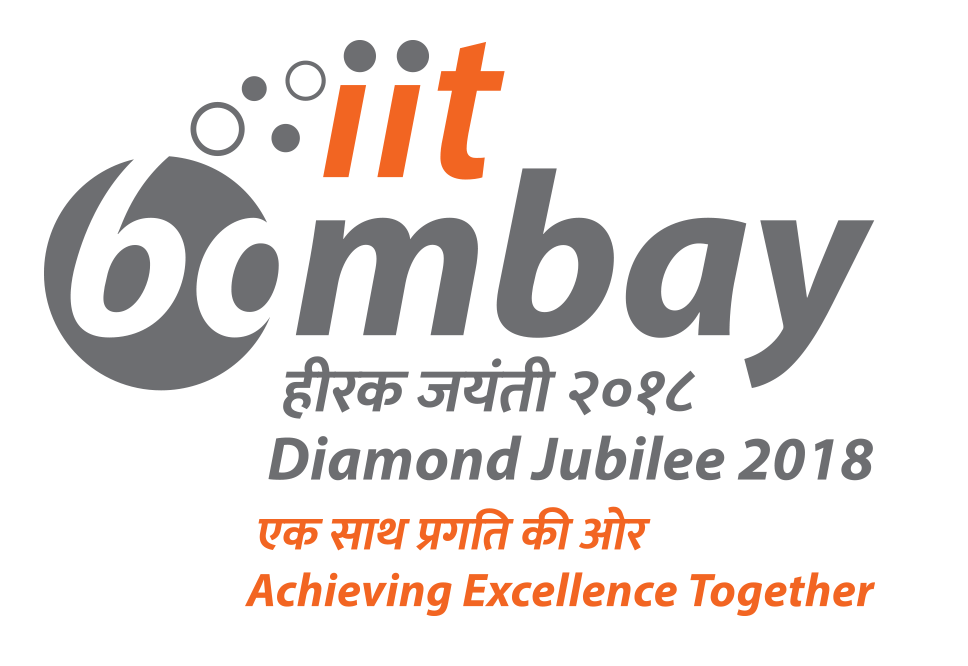Title: 2D Quantum Materials and Devices
Speaker: Prof. Saroj Prasad Dash, Chalmers University of Technology, Sweden
Abstract: Two-dimensional (2D) materials represent a new platform for realizing novel quantum and spin-based phenomena and device applications. Engineering 2D heterostructures by combining the best of different materials in one ultimate unit can offer a plethora of opportunities in condensed matter physics. While materials such as graphene are suitable for spin-polarized electron transport, magnets and materials with topological spin textures are useful for spin-polarized electron sources. We utilized large-area CVD graphene for spin interconnect and realized multifunctional spin logic operations at room temperature [1,2]. To generate spin polarization and their electrical control, we engineered 2D material heterostructures by combining the 2D semiconductors [3], topological insulators [4,5] and magnetic materials [6] with graphene to realize strong proximity-induced spin-orbit coupling and magnetism in graphene.
Furthermore, nontrivial topology in the electronic band structure of quantum materials also makes them potential candidates for emerging technologies. We showed that their unique band structure and lower crystal symmetries can provide an unconventional spin polarized current [7] and out-of-plane spin-orbit torque [8] needed for field free magnetization switching. The out-of-plane spin Hall conductivity in such 2D quantum materials are estimated to be an order of magnitude higher than the conventional materials.
Finally, 2D magnets are promising owing to their tunable magnetic properties with gating and doping, where the strength of magnetic interactions can be tuned according to the desired applications. However, most of the 2D magnet based spintronic devices are mostly limited to cryogenic temperatures. We reported above room temperature van der Waals magnet-based spin-valve [9,10] and spin-orbit torque memory [11,12] devices. In the latter cases, we could demonstrate field-free magnetization switching utilizing the co-existence of ferromagnetic and anti-ferromagnetic orders with intrinsic exchange bias in the system, giving rise to a canted magnetism. These findings open a new platform for realizing devices using all-2D heterostructure devices. Furthermore, I will present some new findings on topological magnetic materials.
[1] Nature Communications 6, 6766 (2015).
[2] Physical Review Applied 18 (6), 064063 (2022).
[3] Nature Communications 8, 16093 (2017).
[4] Science Advances 4:eaat9349 (2018).
[5] Science Advances 4:eaat9349 (2018).
[6] 2D Materials 7 (1), 015026 (2019).
[7] Advanced Materials 32, 2000818 (2020).
[8] Nature Communications 15 (1), 4649 (2024).
[9] Advanced Materials, 2209113 (2023).
[10] ACS Nano 2024, 18, 7, 5240 (2024).
[11] Arxiv, https://doi.org/10.48550/arXiv.2308.13408
[12] Arxiv, https://doi.org/10.48550/arXiv.2408.13095

